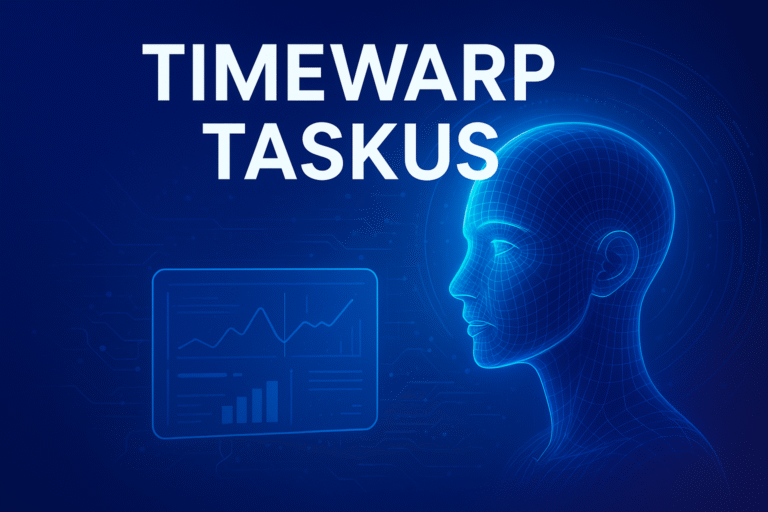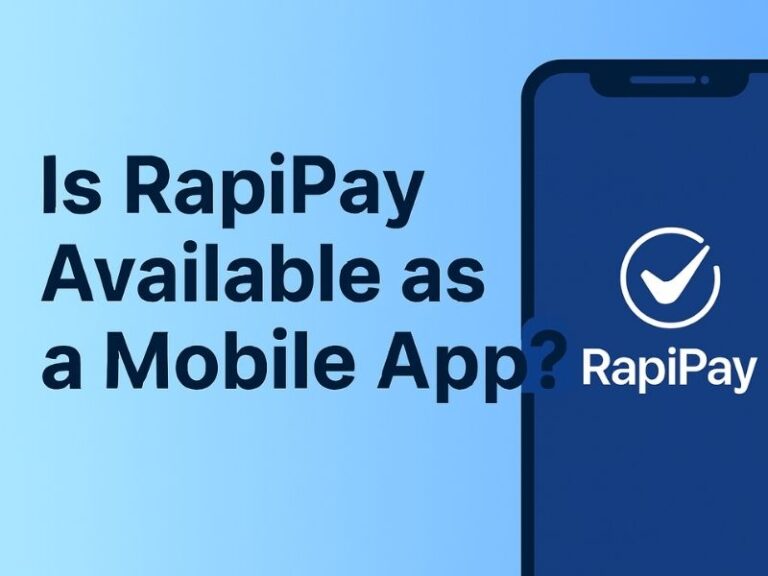The landscape of education is changing rapidly. Gone are the days when learning was confined to physical classrooms, chalkboards, and rigid schedules. Today, a growing number of students and teachers are turning to online learning platforms to access high-quality, flexible, and customized education from the comfort of their homes. These platforms are not only redefining how we learn but also who has access to quality education.
Whether you’re a high school student preparing for exams, a college student upgrading your skillset, or a teacher designing engaging lesson plans — online learning platforms offer something for everyone. One such platform, EducationBeing.com, has become a go-to destination for learners and educators seeking relevant, reliable, and up-to-date resources.
Let’s explore the top 10 reasons why online education portals have become so popular and why they’re likely here to stay.
Learn Anytime, Anywhere
One of the biggest advantages of online education platforms is flexibility. Unlike traditional schools with fixed schedules, these platforms allow students to learn at their own pace and on their own time.
Whether it’s early morning or late at night, learners can access resources without being bound by classroom hours. This is especially useful for working professionals, students with extracurricular responsibilities, and those in different time zones.
Personalized Learning Experience
No two learners are the same — and online platforms understand that. Today’s portals often offer:
- Self-paced courses
- Topic-based navigation
- Adaptive quizzes and tests
- Learning paths based on progress
This level of customization helps students focus on weak areas, revisit challenging concepts, and skip material they already know, making learning more efficient and effective.
Rich Variety of Resources
Online educational platforms cover a wide range of subjects and skills, from core academics to career-focused training. Students and teachers can explore:
- Science, math, literature, and social studies
- Coding, digital marketing, and data analytics
- Soft skills, time management, and leadership
- Mental wellness and study strategies
Instead of depending on outdated textbooks, learners have access to fresh, engaging, and multi-format resources such as videos, podcasts, quizzes, eBooks, and interactive modules.
Affordable or Free Access
One of the major barriers in education is cost. Online platforms eliminate the need for expensive materials, transportation, or tuition fees. Many provide:
- Free articles, guides, and lessons
- Budget-friendly subscriptions
- Scholarships or discounts for students
This makes high-quality education accessible to a broader audience, including those in rural or economically disadvantaged areas.
Easy Access to Experts and Mentors
Online education isn’t just about pre-recorded content. Many platforms offer live sessions, Q&A forums, or mentorship opportunities. This allows students to:
- Interact with subject matter experts
- Receive career guidance from industry professionals
- Learn directly from experienced educators
Platforms like EducationBeing.com even allow teachers and professionals to contribute their own resources, creating a knowledge-sharing ecosystem that benefits everyone.
Empowering Teachers with Modern Tools
Teachers today face growing pressure to deliver engaging and effective lessons in both physical and virtual classrooms. Online learning platforms provide:
- Ready-to-use lesson plans
- Editable worksheets and quizzes
- Assessment tools and progress tracking
- AI-powered classroom tech guides
These tools save teachers time and help them adapt to the evolving needs of students. In fact, platforms like EducationBeing.com have sections dedicated to supporting educators through resources, professional development articles, and peer collaboration.
Up-to-Date Content and Trends
Unlike printed textbooks, which may take years to be revised, digital content can be updated frequently to reflect the latest research, exam formats, and technological advancements.
Students benefit from:
- Current affairs explained in educational context
- Updated board exam preparation techniques
- New discoveries and practical applications of theory
Teachers stay informed on the latest teaching strategies, classroom tech, and policy changes.
Interactive and Engaging Learning
Let’s face it: textbooks can sometimes be boring. Online learning platforms use engaging tools like:
- Videos and animations
- Gamified quizzes and challenges
- Flashcards and concept maps
- Peer discussion forums and virtual classrooms
This variety keeps learners motivated and makes even complex subjects more understandable and enjoyable.
Inclusivity and Accessibility
Modern educational platforms are built with accessibility in mind, offering features like:
- Multilingual support
- Screen reader compatibility
- Low-bandwidth versions for remote regions
- Mobile-optimized interfaces
This ensures that learners from diverse backgrounds — including those with disabilities or living in low-infrastructure areas — can still access quality content.
Preparing for Real-World Success
Today’s learners don’t just want to pass exams — they want to build careers. Online platforms bridge the gap between education and employability by offering:
- Resume-building advice
- Interview preparation guides
- In-demand skill certifications
- Internships and job readiness programs
EducationBeing.com, for example, includes curated content for career planning, soft skills, and certification comparisons that help users build credibility in the job market.
Bonus: Eco-Friendly Learning
By minimizing the need for printed books and travel, online education also supports sustainability. Digital platforms contribute to reducing the carbon footprint, making them an eco-friendly alternative to traditional learning systems.
Conclusion
Online learning platforms are more than a trend — they’re a transformation in how education is delivered, received, and experienced. Students benefit from flexibility, engagement, and affordability. Teachers gain access to resources, collaboration, and modern classroom tools. As technology continues to advance, these platforms will only grow stronger and more integrated into our daily lives.
If you’re new to online learning or looking for a trusted place to start, platforms like EducationBeing.com offer a solid foundation with expert content, user-friendly tools, and a mission to empower learners at every stage.






